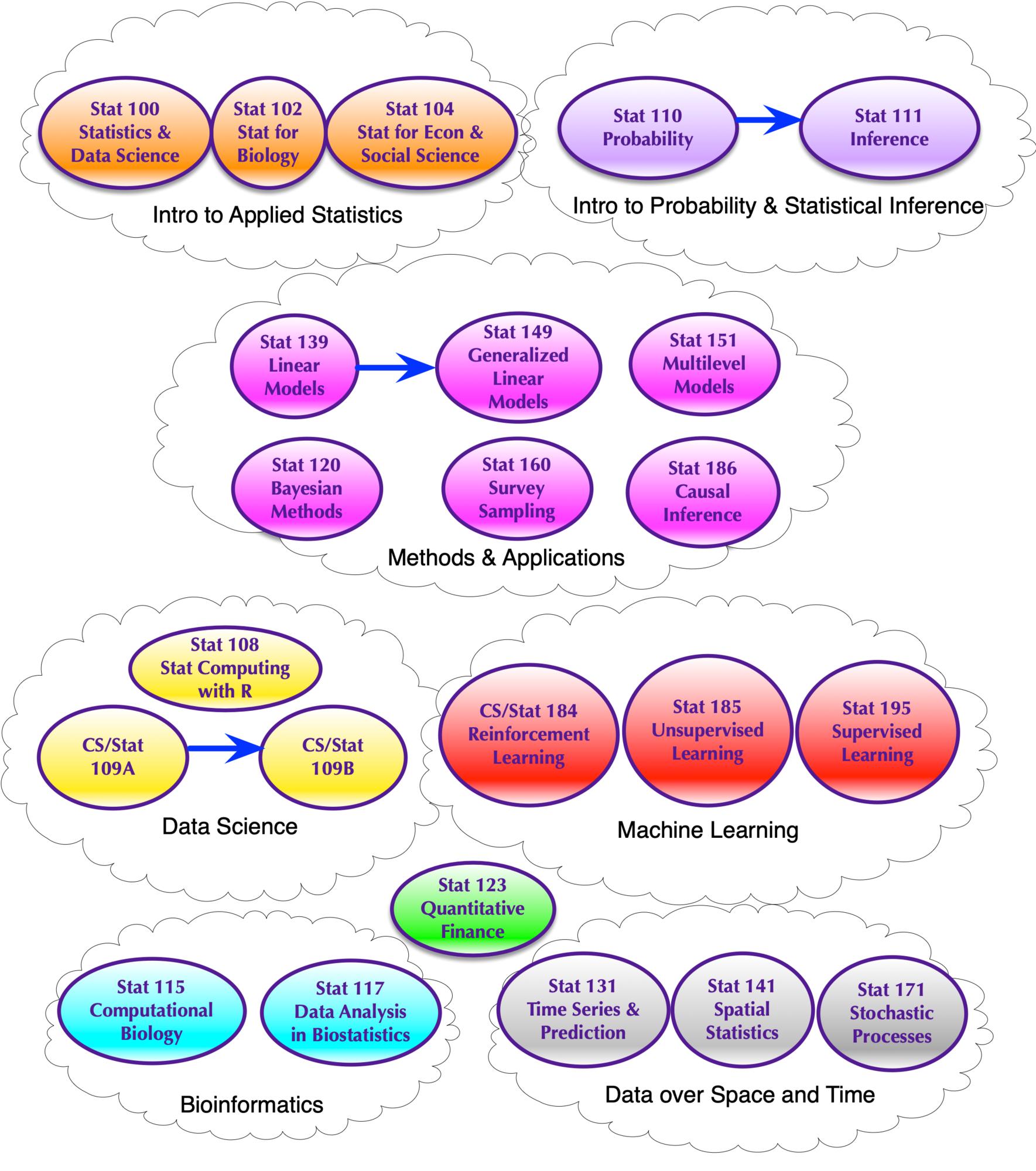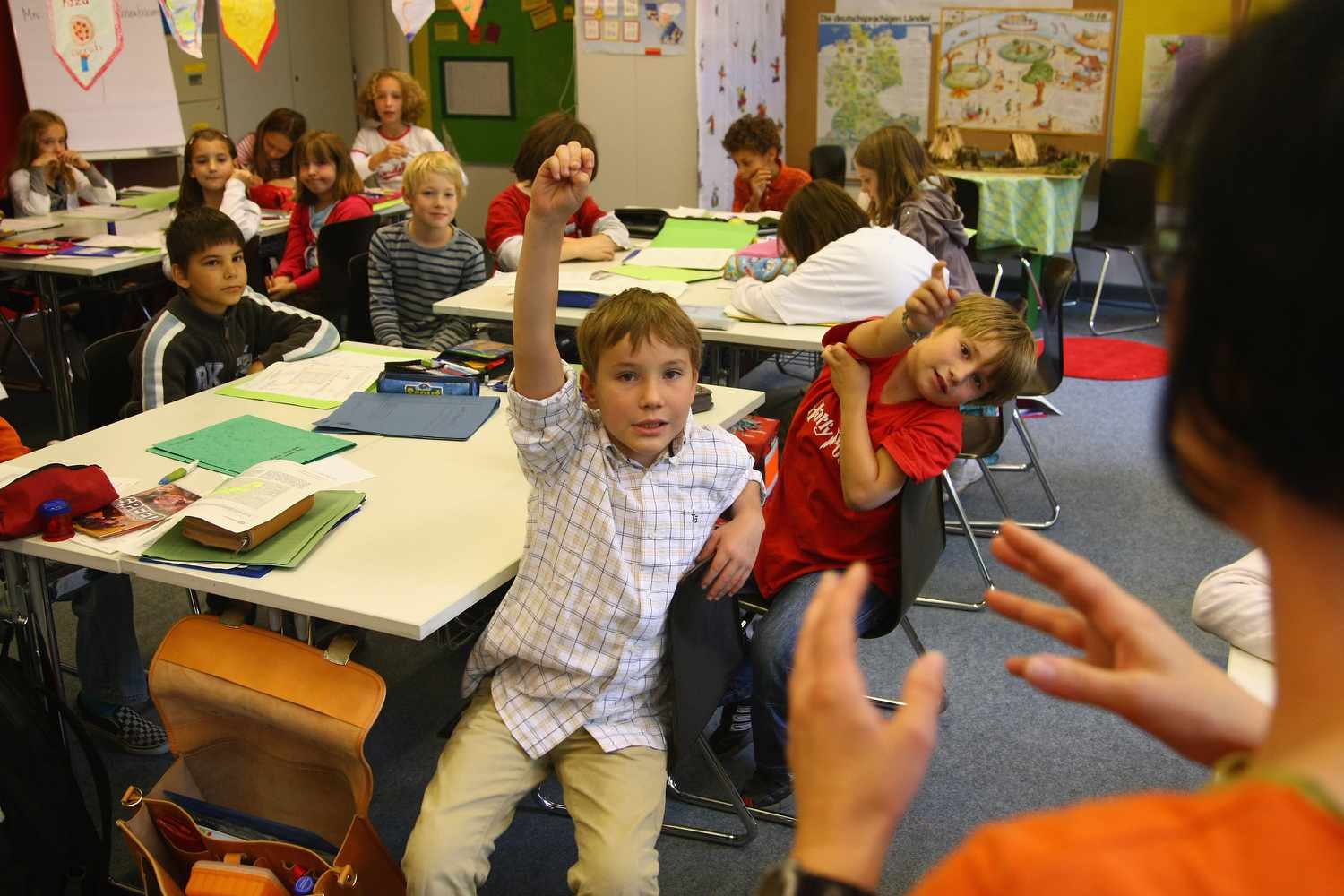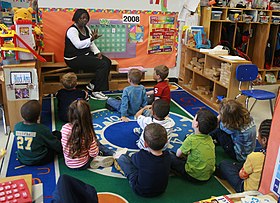
Tangram puzzles are an ancient Chinese puzzle which teaches geometry and improves problem-solving skills. They are also a great way to improve your arithmetic skills. These are just a few ways you can use them in the classroom. They can be used to teach children the basics of puzzle pieces, and then to have them create art with them.
tangrams are ancient Chinese puzzles
Tangrams are ancient Chinese puzzles made up of seven flat geometric shapes connected to each other in a pattern. To form a specific shape, the goal is to place the Tangrams. Traditionally, the tangram consists of a square, five triangles, and a parallelogram. Modern tangrams can also be made from paper, foam, or cardboard. Kids can even create their own Tangrams. Children can make thousands of different shapes and use their spatial reasoning skills to practice.
Tangram puzzles may also be helpful for students to learn basic geometric shapes. They can practice naming different shapes. A clock, for example, can be shaped as a circle while a window, on the other hand, can be shaped as a rectangle. These shapes can also help students to learn the number sides that each shape has. These shapes can be combined to create other shapes, such as pictures. You can also show students Tangram puzzles so they can see how they fit together.

They teach geometry
Tangram puzzles aid children in fine motor skills, visual perception, and visual perceptual development. They teach children about angles and how shapes fit together. They are an enjoyable way to practice geometric principles. Tangram puzzles can be used to help children build and decipher 3-D shapes.
Tangrams are a great way to get your kids away from their devices and computers. They let parents and children spend quality time together, free from the distractions of technology. This is especially true if you have a child young. These can also encourage communication between parents and children, which can prove to be very helpful for their development. Tangrams are also an excellent tool for teaching kids about congruence, which is the difference between the two triangles whose opposite sides are the same.
They are able to solve problems.
Tangram puzzles can be a great way for children to learn problem-solving skills. Children can use the simple shapes of a Tangram to modify the perspective and angles in the puzzle. They also learn about shapes, and the relationships they have with other shapes. This develops visual spatial skills and fosters an early love of innovation.
Tangram puzzles not only help with problem solving skills but also improve spatial awareness and visual orientation. They can also encourage creativity and patience. Even the simplest tangram puzzles may yield complex solutions. Because there are over a billion different solutions, these puzzles can help children learn many different mathematical concepts.

They improve arithmetic performance
Tangram puzzles can be a great way for your child to learn geometry and math. They increase students' arithmetic performance, teach students about spatial rotation and congruency, and encourage creative problem-solving. You can also use them as a travel toy to help children learn on the go.
Tangram puzzles contain seven different geometric shapes. When arranged correctly, they can form either simple or difficult shapes. The pieces can also be arranged in a fanciful way to create an aesthetically pleasing final product. The puzzles were first invented in China about 200 years ago, and have been shown to improve hand-eye coordination, focus, and creativity.
FAQ
What do you need to become a teacher in early childhood?
It is important to decide whether you want to enter early childhood education. Then you will need your bachelor's degrees. In some states, students must have a masters degree.
You may also be required to attend classes during the summer. These courses include topics like pedagogy (the art and science of teaching) or curriculum development.
Many colleges offer associate programs that lead to teaching certifications.
Some schools offer certificates or bachelor's degree in early childhood education. But others only offer diplomas.
There may not be any need for additional training if your goal is to teach from home.
Do you have to go to college in order become an early education teacher?
No, but you might want to consider going to college to prepare yourself for a future career in the field.
It is crucial to realize that teaching is not an easy job. Every year, many people are rejected. In addition, many people quit after just one semester of college.
To be a teacher, you will need to have strict qualifications.
How do I select my major?
Students choose their majors based on their interests. Students may choose to major in the subject they are most passionate about because it is easier than learning something else. Others are interested in a career where there are few jobs. Others choose a major to make money while they study. Whatever your reason, you should think about what type of job you would like to have after graduation.
There are many ways to get information about different fields of study. Talk to your friends and family about their experiences in these fields. You can check newspapers and magazines to see if any jobs are listed. Talk to your guidance counselor at school to learn more about possible careers. Visit your community center or library to find out more about Career Services. Your local library has books on a variety of topics. Search the Internet for specific career-related websites.
What are the alternatives to school?
An alternative school is a school that offers students with learning difficulties education with the help of qualified teachers who are sensitive to their individual needs.
Alternative schools exist to offer children with special educational requirements the opportunity to learn in a normal classroom environment.
A lot of help is also available for them when they need it.
Alternative schools aren't just for those who were excluded from mainstream school.
They are open to all children regardless of ability or disability.
What is early education for children?
Early Childhood Education refers to a field dedicated to helping children become happy, healthy adults. It involves everything from teaching children to read to preparing for kindergarten.
Early childhood education aims to help children learn and grow through age-appropriate experiences.
Early childhood educators are often called upon to assess the developmental needs of each child they come across. This assessment helps determine whether a particular program would benefit each individual child.
Parents also have the opportunity to meet teachers and other professionals who are familiar with working with young children in early childhood programs.
A key role in early childhood education is also played by parents. They need to know how best to care for their children.
Parents are also welcome to participate in activities to help their children learn skills they will use throughout their lives.
Sometimes, early childhood education is also called preschool education. However this term is interchangeable with daycare centers. Prekindergarten education starts around three years ago, and early childhood education is similar.
What factors should you consider when choosing your major?
It is important to first decide if you would prefer to go straight into a job or go to college. Make a list of all your talents and interests. Reading, listening to music and talking to people are all possible interests. You can be a singer, dancer, painter, writer, sewer, cook, woodwork, garden, photography, carpentry or auto mechanics. Once you've identified your interests and talents you can use them to guide you when choosing a major.
You might be interested in art history and fine arts if you are looking to become an artist. Biology might be a good choice if you are passionate about animals. Pre-medicine and medical technology might be a good option if you want to become a doctor. If you'd like a career that involves computers, you might check out computer science or computer networking. There are many options. You just need to think about what you would like to do.
How much does homeschooling cost?
Homeschooling comes with no fees. Some families charge between $0-$20 per lesson. Others offer their services free of charge.
However, homeschooling does require dedication and commitment. Parents must make time for their children.
They should also have easy access to books, supplies, as well as other learning tools. To supplement their education, homeschoolers may need to use community programs and events.
Parents should consider the cost of transportation, tutors, extracurricular activities, and other expenses.
Homeschoolers also need to plan for field trips, vacations and special occasions.
Statistics
- In most developed countries, a high proportion of the population (up to 50%) now enters higher education at some time in their lives. (en.wikipedia.org)
- They are more likely to graduate high school (25%) and finish college (116%). (habitatbroward.org)
- Globally, in 2008, around 89% of children aged six to twelve were enrolled in primary education, and this proportion was rising. (en.wikipedia.org)
- These institutions can vary according to different contexts.[83] (en.wikipedia.org)
- Think of the rhetorical power of nineteenth-century abolitionist Harriet Beecher Stowe, Martin Luther King, Jr., or Occupy Wall Street activists with their rallying cry of “we are the 99 percent.” (bostonreview.net)
External Links
How To
What can I do to become a teacher in my area?
Teacher jobs are available at public elementary schools, private elementary school, private middle schools. Public secondary schools, public secondary secondary schools. Private secondary schools. Charter schools. Public and private Catholic schools. Public and private daycare centers.
To become a teacher, you must first complete a bachelor's degree program at one of the following:
-
A four-year college/university
-
An associate degree program
-
There are some two-year community colleges programs
-
These three types of programs can be combined
To be eligible to become certified for teaching positions, applicants need to meet the state's requirements. These requirements include passing standardized exams and completing a probationary work experience.
Most states require that all candidates pass the Praxis 2. This test tests the candidate's comprehension of reading, writing and mathematics as well as their language arts skills.
Many states require applicants to get a specialized license to teach in their state.
These licenses are issued annually by the state boards of education.
Some states grant licenses to applicants without any additional testing. In these cases, the applicant should contact the board of education in his or her state to determine if this is true in your area.
Some states don’t issue licenses until the applicant has completed a master’s degree program.
Other states allow individuals to apply directly to the state board of education for licensure.
There are many licenses available. They vary in cost, length, and requirements.
One example is that some states only require high school diplomas, while others require bachelor's degrees.
Some states may require training in particular areas such as literacy or child developmental.
Some states require candidates to have a master's degree in order to become licensed.
Many states require teachers to provide information about their previous jobs when applying for certification.
It is possible to mention other professions in your application.
However, states are more than willing to accept previous work experience, regardless of the type of job.
You may wish to list your previous job title, position, and years of service.
This information can be very helpful for potential employers.
It shows them you have relevant skills.
Working can give you new skills and valuable experience.
Future employers can view your resume.